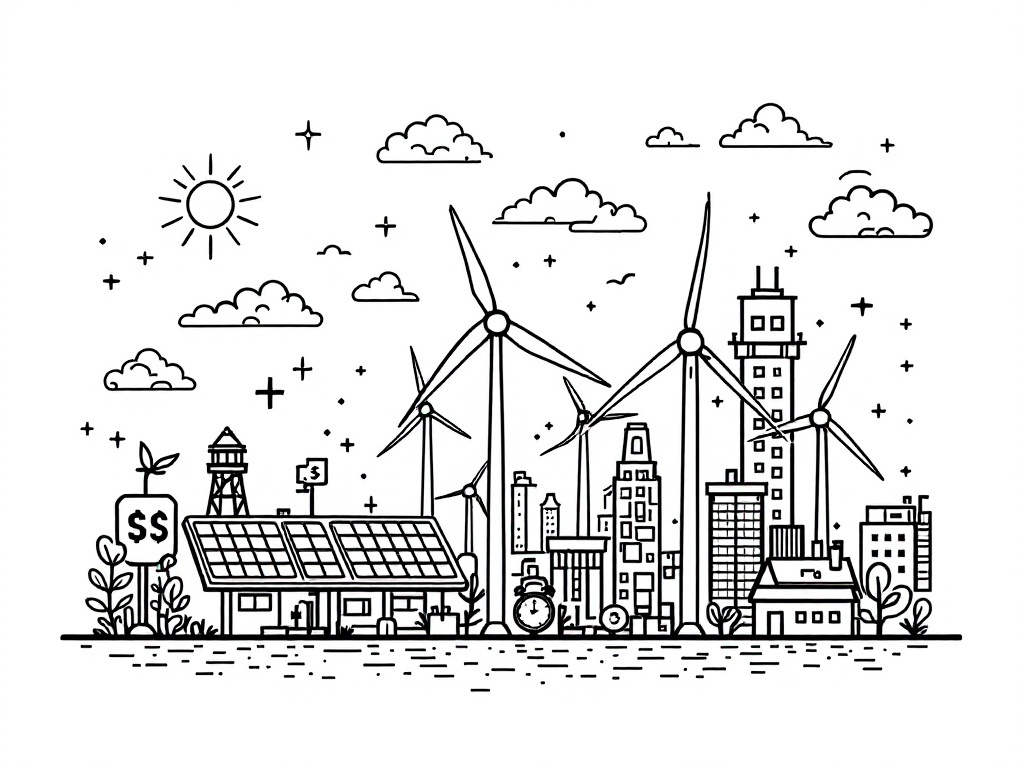Renewable Energy Hits Record but Needs Faster Growth to Meet 2030 Goals

International, Wednesday, 26 March 2025.
In 2024, renewable energy capacity grew by 585 GW, driven by solar and wind, but fell short of the required 16.6% annual growth to meet 2030 targets.
Solar and Wind Lead Historic Expansion
The renewable energy sector achieved unprecedented growth in 2024, with solar and wind technologies accounting for 96.6% of all net renewable additions [1]. Solar energy demonstrated exceptional momentum, expanding by 32.2% to reach 1,865 GW, while wind energy grew by 11.1% [1][3]. Most notably, solar installations contributed 451.9 GW of new capacity, with China leading the charge by adding 278 GW, followed by India with 24.5 GW [1].
Global Distribution and Regional Disparities
Asia dominated the renewable expansion landscape, with China contributing almost 64% of global added capacity [3]. The G20 nations accounted for 90.3% of new installations, while G7 countries represented 14.3% [3]. However, significant regional disparities persist, with Central America and the Caribbean contributing only 3.2% of new capacity [5]. As IRENA Director-General Francesco La Camera notes, ‘The continuous growth of renewables we witness each year is evidence that renewables are economically viable and readily deployable’ [1].
Impact on Global Energy Landscape
The remarkable growth in renewables has coincided with significant shifts in global energy patterns. Global electricity consumption surged by 4.3%, adding nearly 1,100 terawatt-hours in 2024 [2]. For the first time, renewables and nuclear combined contributed 40% of total global electricity generation [2]. This transition is already showing tangible benefits, with clean energy technologies preventing 2.6 billion tonnes of CO2 emissions annually, equivalent to 7% of global emissions [6].
Challenges and Future Outlook
Despite these achievements, the current 15.1% growth rate falls short of the 16.6% annual expansion required to meet the global goal of tripling installed renewable energy capacity by 2030 [1]. UN Secretary-General António Guterres emphasizes the urgency, stating, ‘The shift to clean energy must be faster and fairer – with all countries given the chance to fully benefit from cheap, clean renewable power’ [1]. To achieve the 2030 target, annual additions must exceed 1,120 GW for the remainder of this decade [8], representing a significant acceleration from the current pace.
Sources
- www.irena.org
- www.iea.org
- w3.windfair.net
- www.axios.com
- businessday.ng
- electrek.co
- www.irena.org
- www.pv-magazine.com